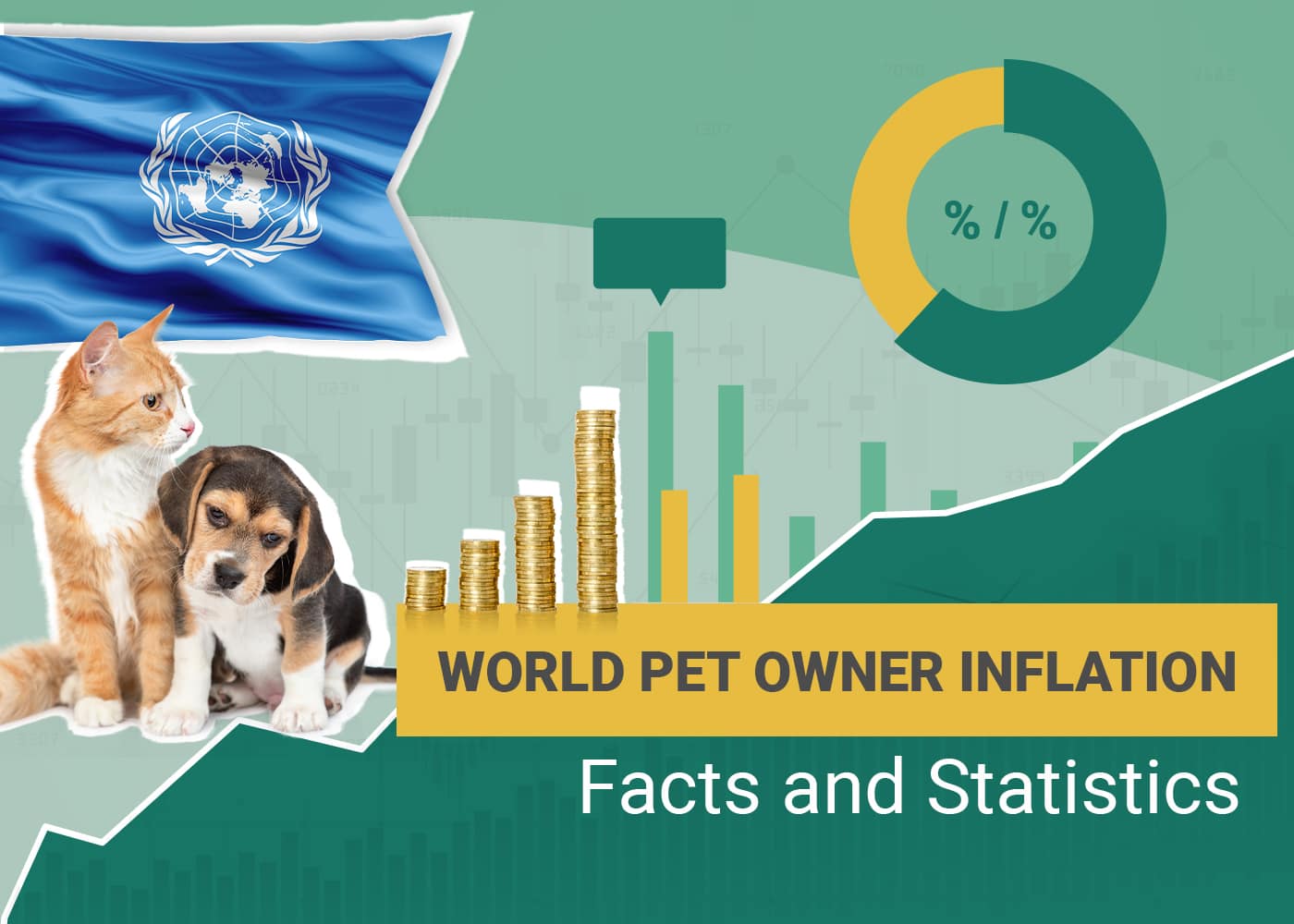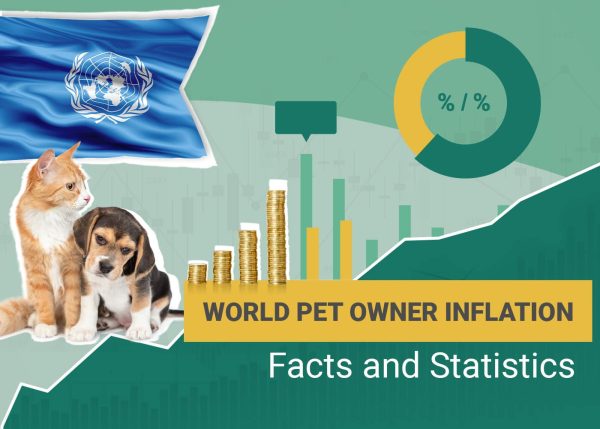Note: This article’s statistics come from third-party sources and do not represent the opinions of this website.
The COVID-19 pandemic saw an increase in pet adoptions that resulted in more pets living in American homes. While many people have experienced the wonderful benefits of caring for a pet, many pet owners in the US are now facing challenges with increased inflation rates.
Bringing home a new pet brings many changes, but inflation is now changing how pet owners live with their pets. Inflation has caused many pet owners to make significant changes to their routines and lifestyles.
Top 10 Pet Owner Inflation Statistics
- Rise in Pet Food Costs
- Reduced Spending on Certain Accessories and Supplies
- Buying Cheaper Alternatives
- Canceling Pet Product Subscriptions
- Reduced Frequency of Pet Care Services
- Increase in DIY Projects
- Increased Concerns About Rehoming Pets
- Looking for State Services to Help Pay for Costs
- Difficulty Paying Surprise Veterinary Bills
- Going into Debt

The 10 Ways Inflation Is Impacting Pet Owners
1. Rise in Pet Food Costs
(Bureau of Labor Statistics)
One of the most notable changes pet owners have experienced is the rise in pet food costs. 2022 saw an inflation rate of 10.24%. This is the second largest change in prices in the past 10 years, with 2008 having the highest price increase with an inflation rate of 11.08%.
On top of commercial pet food being more expensive, pet owners are also facing challenges in paying for fresh grocery foods that certain pets eat. For example, lettuce has seen a significant price hike, and some areas have seen their prices increase by threefold due to inflation and insect-borne viruses.
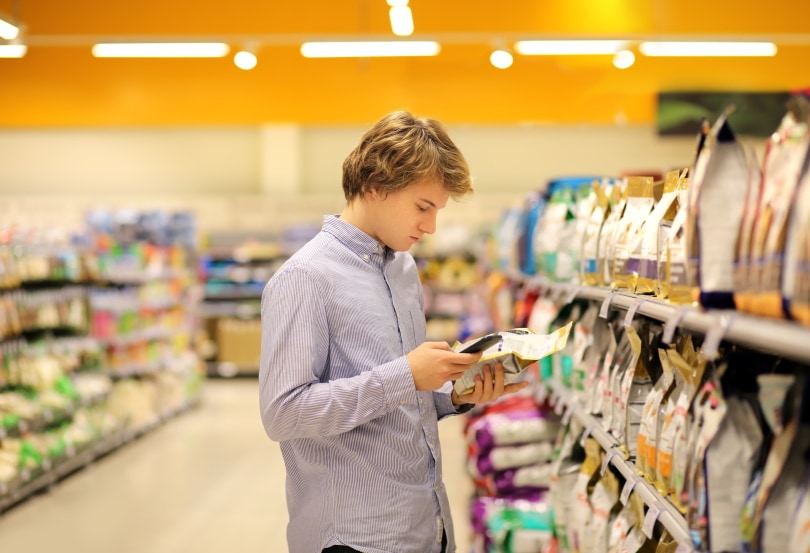
2. Reduced Spending on Certain Accessories and Supplies
(Wall Street Journal)
Pet owners seem to be making more of an effort to keep purchasing high-quality pet food, and many are also trying to continue using eco-friendly products. Some are achieving this by reducing the purchases they make for treats, supplements, and pet accessories.
Certain pet care supplies are seen as essential and are included in many people’s budgets. Pet owners are hesitant to compromise on the quality of their pet food as it impacts their pets’ overall health. Unfortunately, the inflation of pet food seems to be outpacing groceries for humans.
3. Buying Cheaper Alternatives
(Veterinarians.org)
Many pet owners have resorted to buying cheaper alternatives for their pets. One survey shows that 50% of pet owners have had to switch to cheaper pet food. 41% of pet owners have started purchasing cheaper treats, and 35% of pet owners are buying cheaper health supplements.
23% of pet owners have resorted to purchasing cheaper flea and tick supplies, and more pet owners are also purchasing cheaper pet furniture and toys.
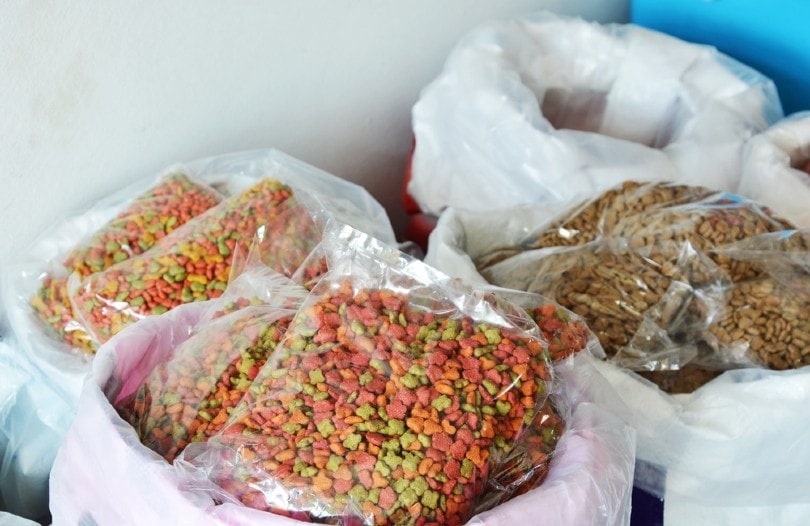
4. Canceling Pet Product Subscriptions
(Veterinarians.org)
Pet product subscriptions were popular services that provided pet owners with a consistent shipment of pet food, toys, and medication. However, increased inflation has caused about 55% of pet owners to cancel their pet food subscriptions, and 33% of pet owners have canceled their pet’s prescription medication.
People seem to be more comfortable with purchasing products when they’re running low and will research and shop for cheaper prices and alternatives when they can.
5. Reduced Frequency of Pet Care Services
(Grandview Research)
Pet owners are less likely to use pet care services as frequently as they did in the past. Doggy daycares, dog walking companies, and groomers have all seen a reduction in visits. However, the pet daycare market size continues to increase and has a positive projection of continued expansion. It’s expected to expand at a rate of 6.8% from 2022 to 2030.
A few key reasons why pet daycare continues to expand are the increasing pet population, the humanization of pets, and the growth of pet service providers.
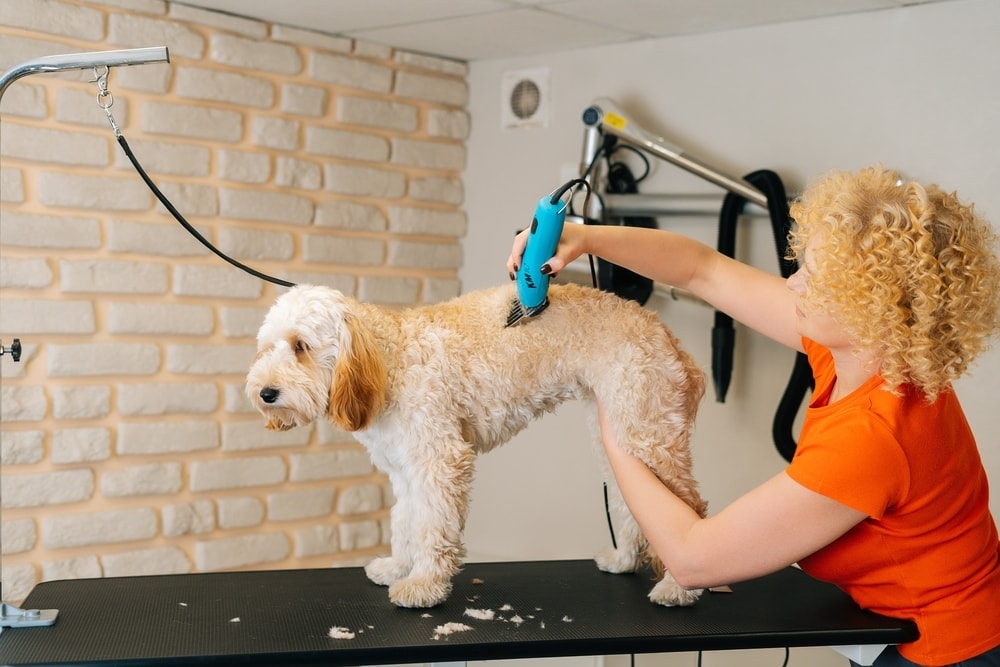
6. Increase in DIY Projects
(Fox Business)
Interest in pet services fell by 20% between June 2021 to June 2022, and some pet owners have resorted to DIY pet projects. While these projects often take much longer to complete, they’re usually cheaper. For example, many dog and cat owners are resorting to grooming their pets at home rather than taking them to the groomer.
Rising costs in pet care services seem to be discouraging some pet owners from continuing to take them. Pet owners are also exploring DIY alternatives for toys and furniture where they can recycle or repurpose items they already have at home.
7. Increased Concerns About Rehoming Pets
(Business Insider)
While the pandemic saw a rise in pet adoptions, inflation and economic uncertainty have caused about 24% of pet owners to consider surrendering their pets. Some pet owners are already forced to give up their pets as inflation is affecting other areas of their lives.
Many animal rescues and adoption agencies are seeing a significant increase in surrendered pets. Their facilities are quickly reaching their maximum capacity or operating above capacity. On top of the increase of animals in shelters and adoption centers, many of these organizations are also seeing a decrease in donations. So, it’s becoming even more challenging to care for surrendered and abandoned pets.
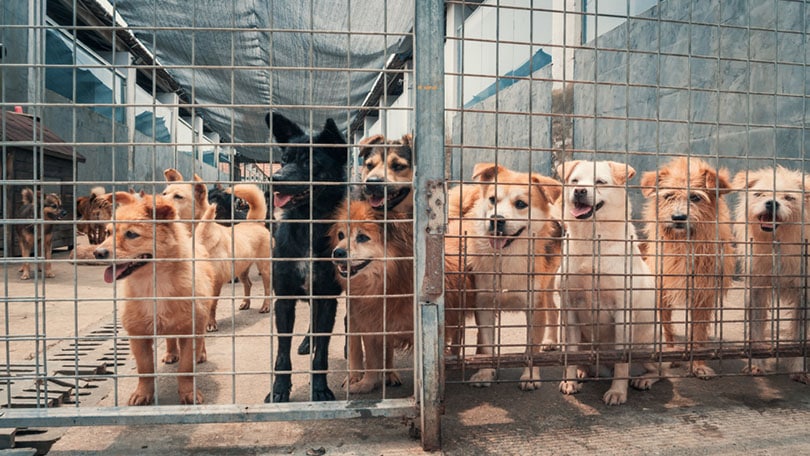
8. Looking for State Services to Help Pay for Costs
(Go Banking Rates)
Approximately 22% of pet owners have submitted applications to certain state services that can help pay for pet-related expenses. 73% of pet owners also wish that food pantries would stock pet food in their inventories.
Pet owners are willing to apply for financial assistance programs to care for their pets. The availability of programs and funding varies from state to state. These programs can help meet various needs, including reduced vaccine costs, low-cost spay and neuter programs, and resources for older adults with pets.
9. Difficulty Paying Surprise Veterinary Bills
(Forbes)
According to a Forbes Advisor survey, about 63% of dog and cat owners wouldn’t be able to pay for a surprise vet bill. Veterinary care costs have been on the rise for years, so the economic hardship that people have been experiencing with inflation only makes providing veterinary care for pets even more challenging.
46% of pet owners have reported that they’ve had to forgo or delay certain procedures, including dental procedures, spaying and neutering surgeries, and x-ray imaging.
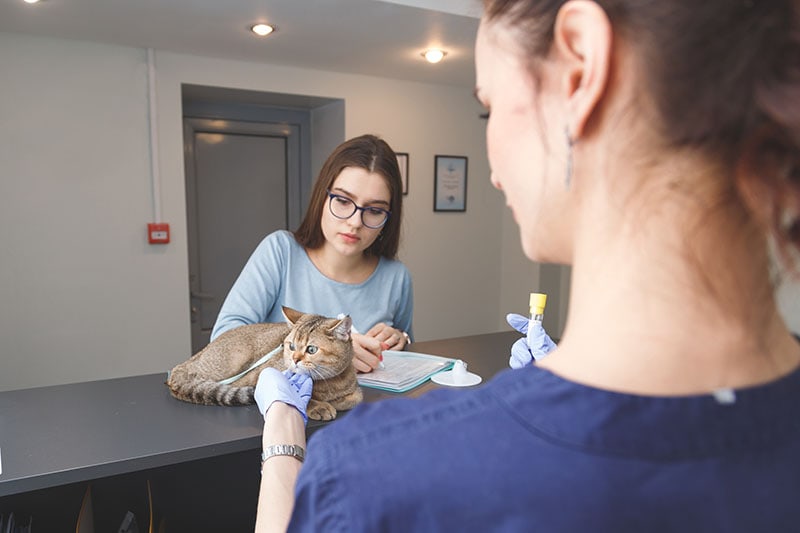
10. Going into Debt
(Forbes)
Pet owners are also going into debt due to the challenges of paying for pet care products and services. About 24% of pet owners have stated that they would go into debt if they had to pay for a procedure that cost between $1,000 to $4,999.
More pet owners are also paying vet bills with credit cards, with 44% of people having used their credit card for a vet bill within the past year. 18% of pet owners have dug into their savings accounts to pay for pet medical bills.
Conclusion
Recent rises in inflation rates and economic uncertainty have made pet care much more challenging for pet owners. Most pet owners are unwilling to choose cheaper alternatives for pet food and eco-friendly products and would rather purchase cheaper toys and pet furniture. They’re also reducing the frequency of taking their pets to pet care services and are facing challenges with paying veterinary bills.
Overall, many pet owners have been making adjustments and changes to their lifestyles and their pets’ routines due to inflation. They’re also starting to look to outside resources for financial assistance and coming up with creative solutions to continue to care for their pets.
Featured Image Credit: Tatyana Vyc, Shutterstock
Contents
- Top 10 Pet Owner Inflation Statistics
- The 10 Ways Inflation Is Impacting Pet Owners
- 1. Rise in Pet Food Costs
- 2. Reduced Spending on Certain Accessories and Supplies
- 3. Buying Cheaper Alternatives
- 4. Canceling Pet Product Subscriptions
- 5. Reduced Frequency of Pet Care Services
- 6. Increase in DIY Projects
- 7. Increased Concerns About Rehoming Pets
- 8. Looking for State Services to Help Pay for Costs
- 9. Difficulty Paying Surprise Veterinary Bills
- 10. Going into Debt
- Conclusion

